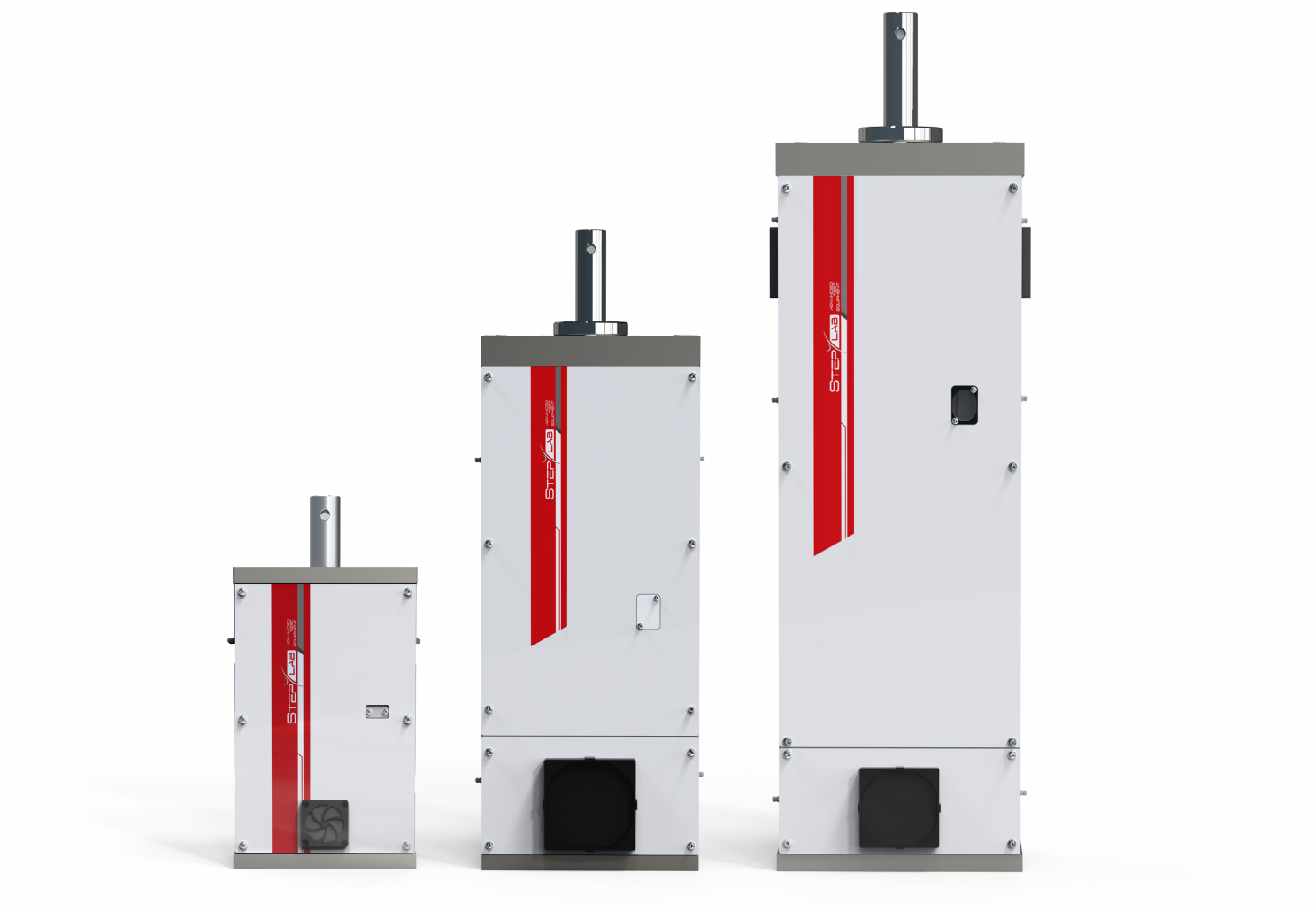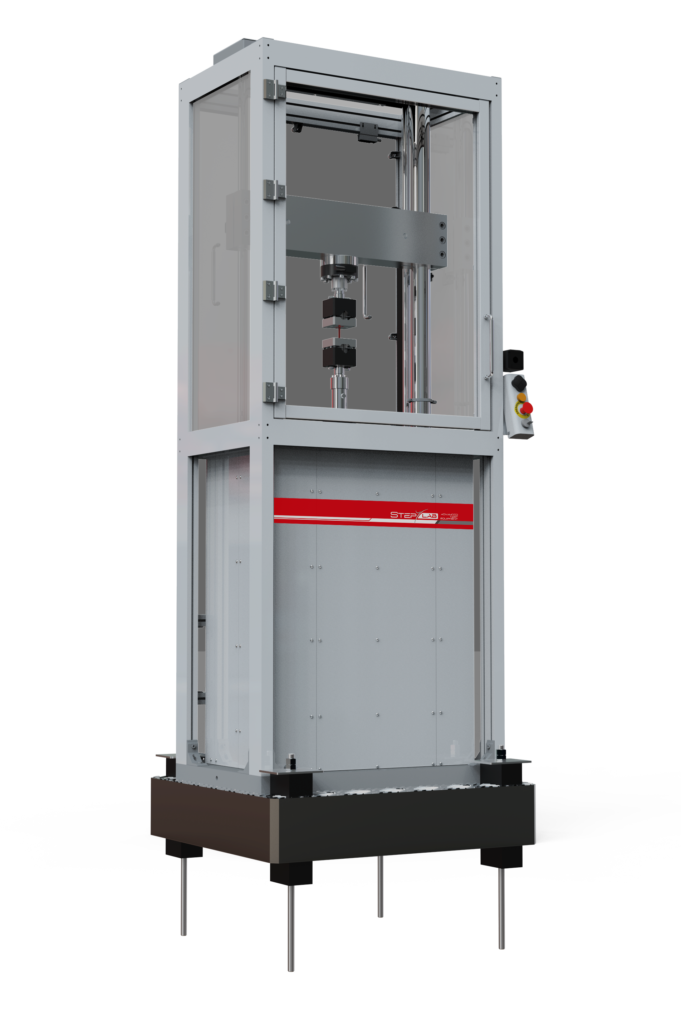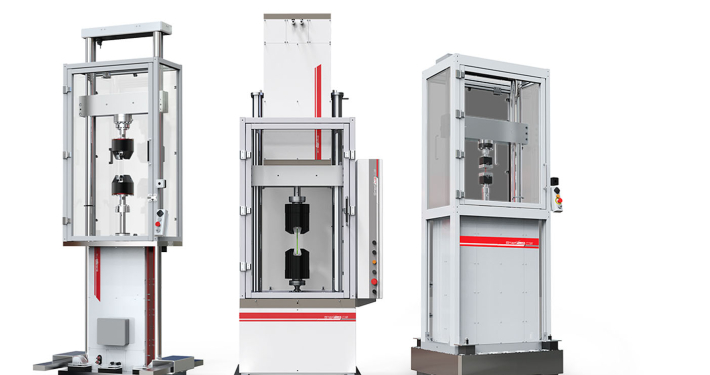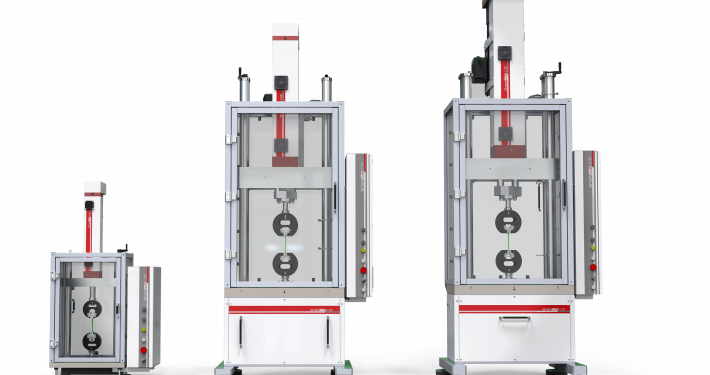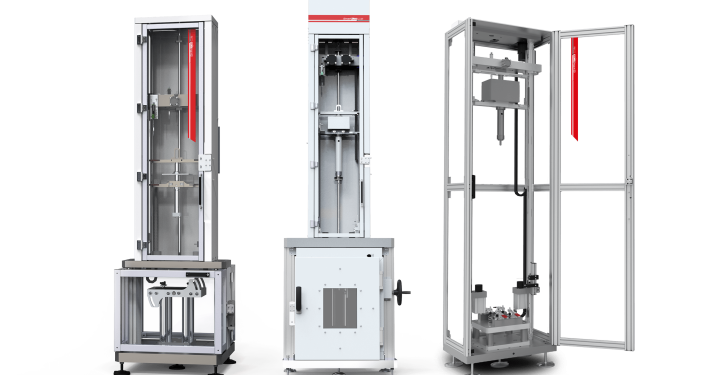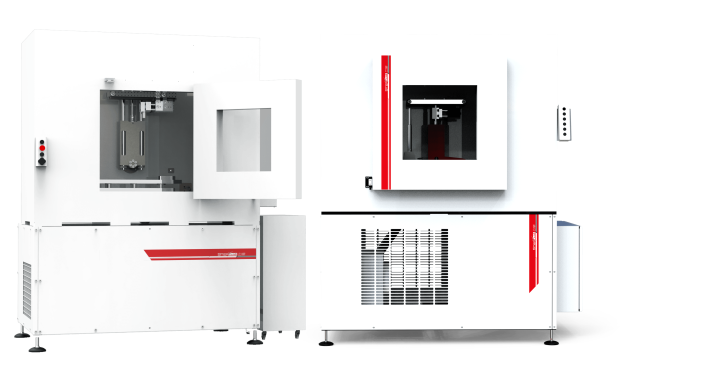Dynamic mechanical analysis (DMA) is a widely used technique to characterize the properties of a material as a function of temperature, time, frequency, stress, atmosphere, or a combination of these parameters.
By applying a small deformation to a sample in a cyclic manner, it is possible to study the material’s response to stress, temperature, frequency, and other values. The sample can be subjected to controlled stress or controlled strain. In DMA, the viscoelastic property of the material is studied by applying a sinusoidal force (stress σ) and measuring the resulting displacement. For a perfectly elastic solid, the resulting strain and stress will be perfectly in phase.
For a purely viscous fluid, there will be a 90-degree phase shift of the deformation to the stress. Viscoelastic
Viscoelastic polymers have intermediate characteristics for which some phase shifts will occur during DMA testing.

